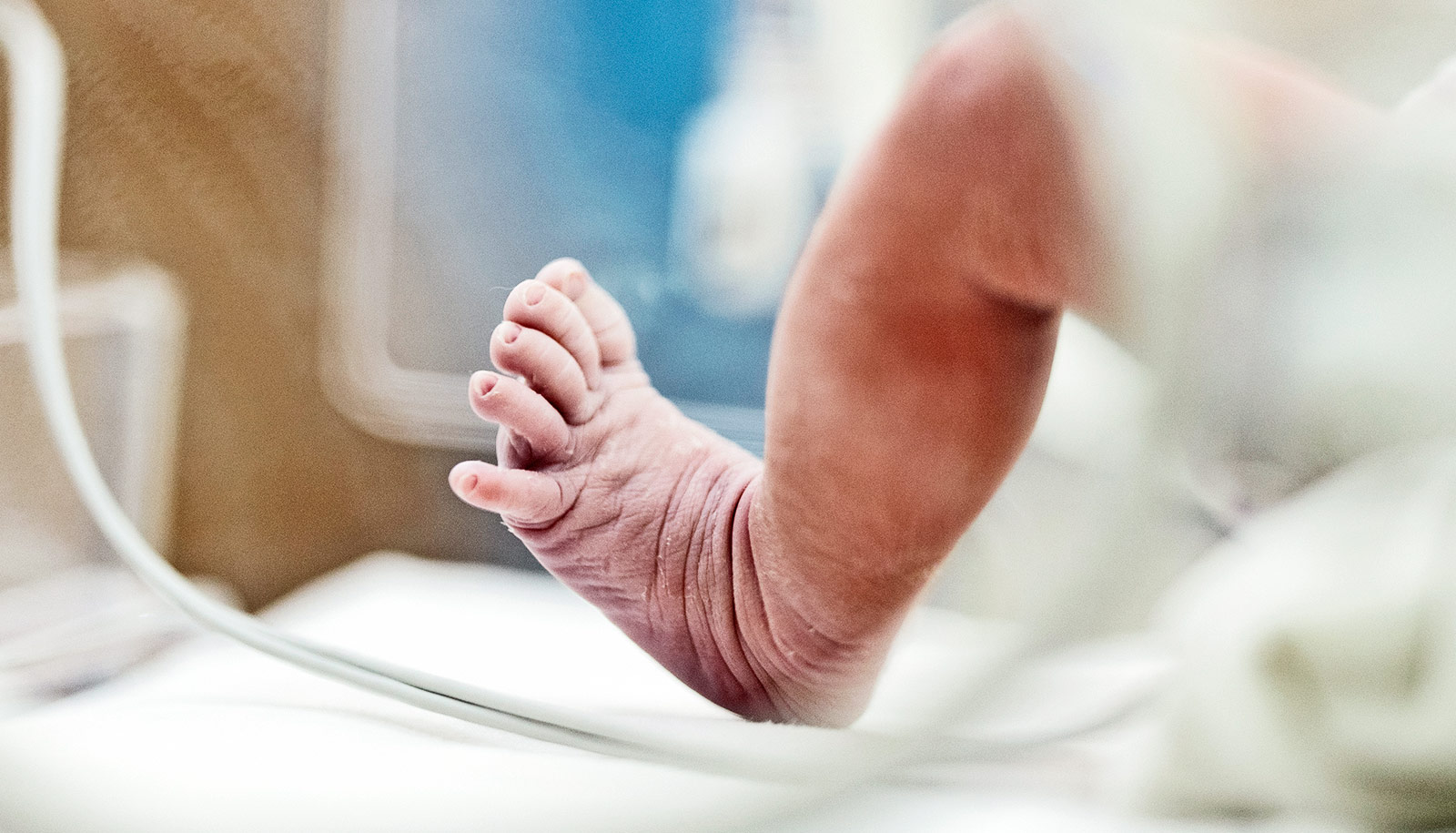Artificial intelligence tools are more vulnerable than previously thought to targeted attacks that effectively force AI systems to make bad decisions, a study finds.
At issue are so-called “adversarial attacks,” in which someone manipulates the data being fed into an AI system to confuse it. For example, someone might know that putting a specific type of sticker at a specific spot on a stop sign could effectively make the stop sign invisible to an AI system. Or a hacker could install code on an X-ray machine that alters the image data in a way that causes an AI system to make inaccurate diagnoses.
“For the most part, you can make all sorts of changes to a stop sign, and an AI that has been trained to identify stop signs will still know it’s a stop sign,” says Tianfu Wu, coauthor of a paper on the new work and an associate professor of electrical and computer engineering at North Carolina State University. “However, if the AI has a vulnerability, and an attacker knows the vulnerability, the attacker could take advantage of the vulnerability and cause an accident.”
The new study from Wu and his collaborators focuses on determining how common these sorts of adversarial vulnerabilities are in AI deep neural networks. They find that the vulnerabilities are much more common than previously thought.
“What’s more, we found that attackers can take advantage of these vulnerabilities to force the AI to interpret the data to be whatever they want,” Wu says. “Using the stop sign example, you could make the AI system think the stop sign is a mailbox, or a speed limit sign, or a green light, and so on, simply by using slightly different stickers—or whatever the vulnerability is.
“This is incredibly important, because if an AI system is not robust against these sorts of attacks, you don’t want to put the system into practical use—particularly for applications that can affect human lives.”
To test the vulnerability of deep neural networks to these adversarial attacks, the researchers developed a piece of software called QuadAttacK. The software can be used to test any deep neural network for adversarial vulnerabilities.
“Basically, if you have a trained AI system, and you test it with clean data, the AI system will behave as predicted. QuadAttacK watches these operations and learns how the AI is making decisions related to the data. This allows QuadAttacK to determine how the data could be manipulated to fool the AI. QuadAttacK then begins sending manipulated data to the AI system to see how the AI responds. If QuadAttacK has identified a vulnerability it can quickly make the AI see whatever QuadAttacK wants it to see.”
In proof-of-concept testing, the researchers used QuadAttacK to test four deep neural networks: two convolutional neural networks (ResNet-50 and DenseNet-121) and two vision transformers (ViT-B and DEiT-S). These four networks were chosen because they are in widespread use in AI systems around the world.
“We were surprised to find that all four of these networks were very vulnerable to adversarial attacks,” Wu says. “We were particularly surprised at the extent to which we could fine-tune the attacks to make the networks see what we wanted them to see.”
The research team has made QuadAttacK publicly available, so that the research community can use it themselves to test neural networks for vulnerabilities. The program can be found here: https://thomaspaniagua.github.io/quadattack_web/.
“Now that we can better identify these vulnerabilities, the next step is to find ways to minimize those vulnerabilities,” Wu says. “We already have some potential solutions—but the results of that work are still forthcoming.”
The paper will be presented December 16 at the 37th Annual Conference on Neural Information Processing Systems (NeurIPS 2023), which will take place in New Orleans, Louisiana.
The work had support from the US Army Research Office and the National Science Foundation.
Source: NC State










